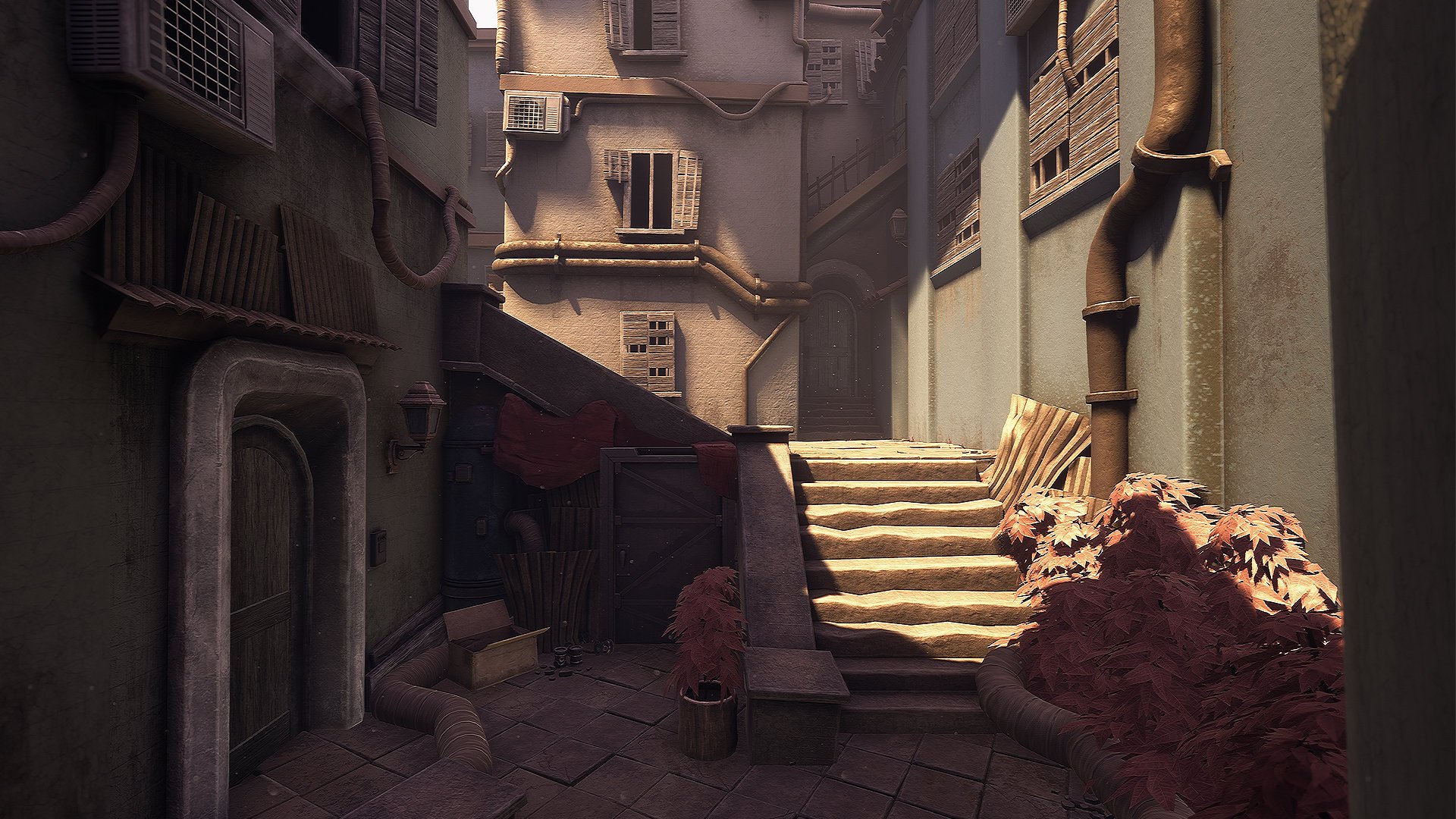Blender is one of the most interesting 3D packages we have today. and it probably has the largest base of active users. as we are seeing more beginner and professional artists choosing to do their work with it. if you haven’t noticed yet Blender is not exactly like the other 3D software in many respects.
so to make this clear; in this video, we are going to talk about 8 reasons why Blender is kind of different from the other 3D software
#8 Blender is Free

Blender is the only Free Professional 3D package that can produce high-quality results like the other 3D packages that are currently used in the VFX, game development or animation industry. and the truth is that many 3D artists today use it because it is Free in the first place and then because it is very good. it wasn’t long ago when 3d artists looked at Blender and considered it a 3D software for hobbyists but now it seems likes the tides are shifting as more and more professionals are starting to realize how important Blender is especially those who work for themselves as Freelances or those who make indie video games for example.
what makes Blender more appealing right now is the fact that it has grown so much in the 5 years that’s why artists are starting to consider it as an option to switch to or at least using it as the second weapon of choice to do things that their primary 3D software is not really good at.
Blender was not always completely free because at some points in the past you had to pay a little bit of money to get access to more features. and this allowed the developers to keep working on it and make it better over time. but that all changed as the years went by. Recently i made a video showing a brief history of Blender, you can check it out later if you want to.
#7 it can Cover the Whole Pipeline
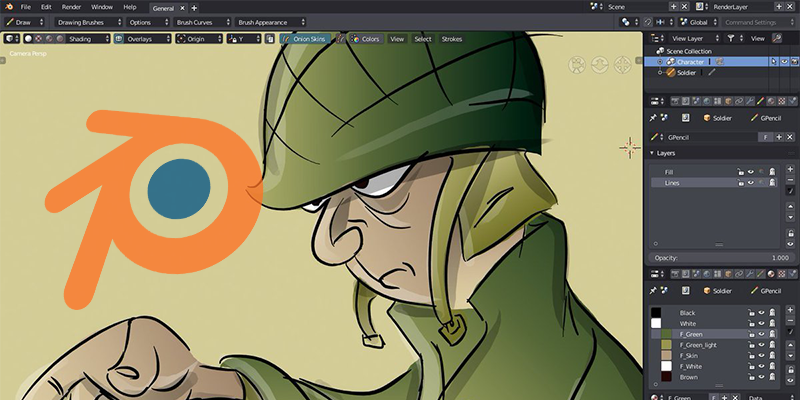
Many professional 3D packages can do many different things that are needed in the VFX or animation pipelines but Blender just goes the extra mile because it has pretty much everything needed to work on VFX films or animated films. Some of the things that Blender can do but are rare or nonexistent in other 3d packages are concept Art, Storyboarding, animatics, Compositing and Video Editing.
this is the case because it was developed in the 2000s till this date to be an independent software and that led to integrating more features over time. it even had a game engine but it was removed in Blender 2.8 since people were not using it that much because there free and powerful game engines such as Unreal and Unity.
Even though Blender has all these nice features it does not mean that all blender users are going to rely on them especially the tools of preproduction and post-production such as concept art, compositing and video editing because many people rely on other tools to prepare for their projects or do the last touches using other tools other than Blender but it is nice to have them non the less.
#6 it is not a business

Also one of the important differences between Blender and other 3D software is the fact that Blender is not built around a business that makes money from you because you use their software. sure there is the Blender foundation that make money from money from selling products around Blender and development fund, but you don’t have to pay a dime because it is a personal choice.
on the other hand, all the major 3D packages are own by and developed by huge companies such as Autodesk, The Foundry, Maxon, SideFX and so on. Autodesk for example makes around $200 Million a year from selling their media and entertainment software such as 3ds Max and Maya. i am not against making money or doing business but some times those companies don’t serve the best interest of their paying clients like when Autodesk switched to software as a service rather than selling permanent licenses which pissed off a lot of people. and sometimes worse things happen like when Softimage one of the major 3D packages was discontinued by Autodesk in 2015.
#5 it is Open-source
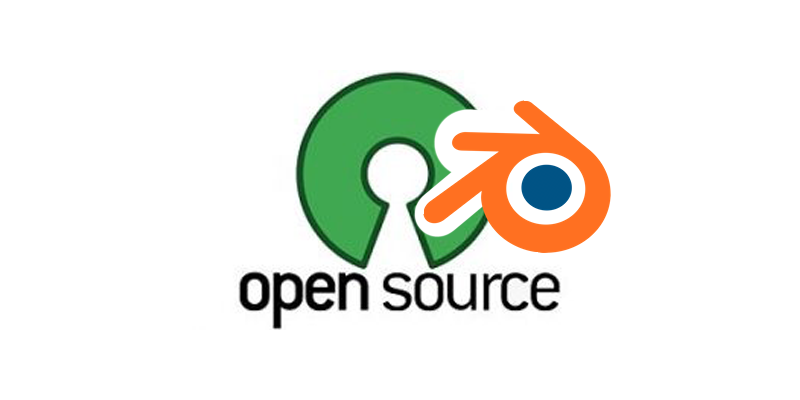
among the 3D Major 3d packages Blender is the only one that is open source. In general, open source refers to any program whose source code is made available for use or modification as users or other developers see fit.
the same way that Blender was not not completely free from the start it was not open source from the start as well. it actually happened at the lowest points in the history of Blender when Ton Roosendaal the man behind Blender was going to loose Blender to investors back in the early 2000s so he had to ask the community to raise 100,000 Euros to Buy the its rights back form those investors which led it to become free and open source from that point onward.
More and more people around the globe are using open source alternatives to their commercial alternatives not only in the industries that use 3D software. in the past it was looked at open source as dangerous an unreliable also in the early days only the commercial products had a nice and intuïtive UI, but Open Source has adopted that and we have seen that happening with Blender.
#4 it is Constantly Updated

also, another difference between Blender and the other major 3D packages is the way and the pace at which it is updated. if you have been using Blender for at least a few years now you must have noticed that every few weeks or every few months there is kinds of a newer release of Blender that comes with enhances tools or completely new tools and features.
on the other hand, most commercial 3D packages are updated on a yearly basis. which is expected because software development companies have to give artists and studios a good reason to continue using their software so they show off their result in the software development once every year. also, it is good to keep investors and shareholders happy especially when it comes to publicly traded companies such as Autodesk.
#3 it is not Industry Standard
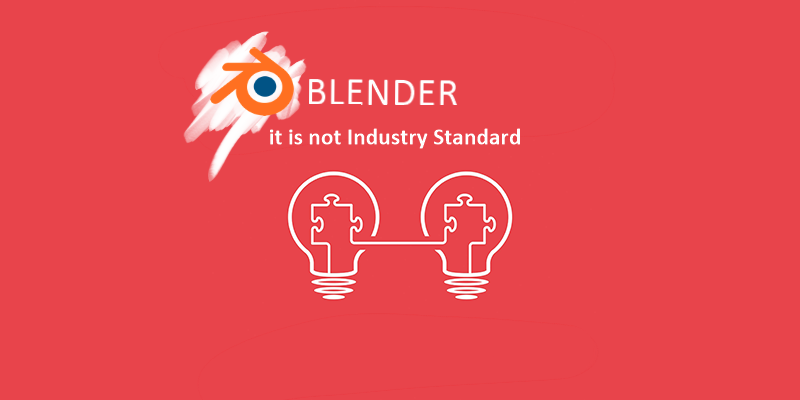
Even though Blender can be used in industries such as VFX or game development it is actually not industry-standard even though recently we are seeing signs that it is going in that direction. but generally, speaking Blender has a long way to go not because of the software but because of other factors that will cause it to take longer.
for example, the fact that studios pipelines are though to change because once they choose a set 3D software to use and they develop custom tools around them to make their production more fluid and faster it becomes hard to change all that and create an entirely new pipeline. especially for the major studios, they just their work to be done on time with the best possible quality, and software is not their biggest concern.
also if we consider the amount of money studios pay for their employees, Hardware, taxes, and so on. the coast of software is not really a big portion of their expenses. it is %5 or %10 at most which make the whole process of changing software even riskier because it is going to change a lot in term of expenses even if they use free software.
For Blender specifically, i think the most difficult problem in its way of becoming industry standard is customer support because often artists in studios have urgent questions to some tough problems and usually customer support can give them the answers in few hours rather than spending days or weeks trying to solve those problems on their own.
#2 it has Small Size
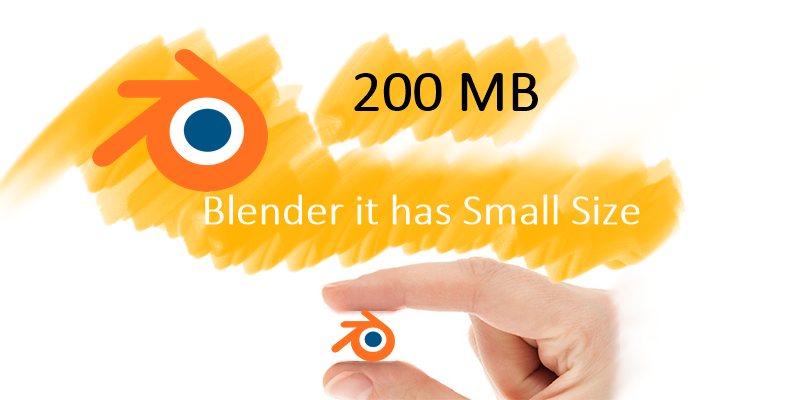
another noticeable difference between Blender and the rest of the other 3D packages is size. for time being most of them are about a few gigabytes while Blender is under 200 MB which is a very clear difference in size.
Open-source software, in general, is very lightweight and portable because there is an interest to make clean code, as opposed to commercial software where the focus is on features and user experience. and trying to release in time before the deadline.
3D packages such 3ds Max or Maya, for example, have accumulated many external code libraries, and this eventually added to the size because New features and improvements in these products are usually stuff layered on top of the core application, which is why they keep growing in size and load up so slowly. It’s the fastest way but not the most efficient to get stuff out the door before the deadline. Extra plugin functionality in Blender is normally in the form of uncompiled Python scripts which are essentially just text files.
Open source development is not driven by ‘features’ marketing wants and strict deadlines, but by a desire to create solid and elegant code that provides a tool those who use it day to day and understand what they’re doing can leverage to its full extent, with little to no attention paid to whether it looks slick to the marketing director.
#1 it Exists because of the People
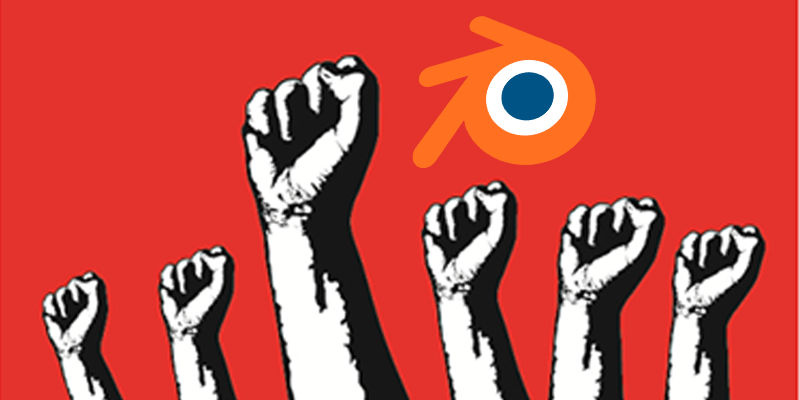
as we said before Blender is not part of a business that sells software to their users because it does not rely on software sales to keep its development going. the only reason that Blender exists today and continues to grow at a very good pace is the fact that many artists and studios that use it are contributing to its development fund as a primary source of funding. this was the case since it was bough back as we said in the early 2000s, and over the years volunteer coders from the community helped to make its tools better so they can work faster and more efficiently also for others to let them have a better experience working using Blender as well.
now it is more organized because there are about 20 full-time developers working on Blender to make it better at an unprecedented pace.
also, Blender is probably the 3D package with the bigest and the fastest-growing base of users especially in the last two years with the release of Blender 2.8.


























